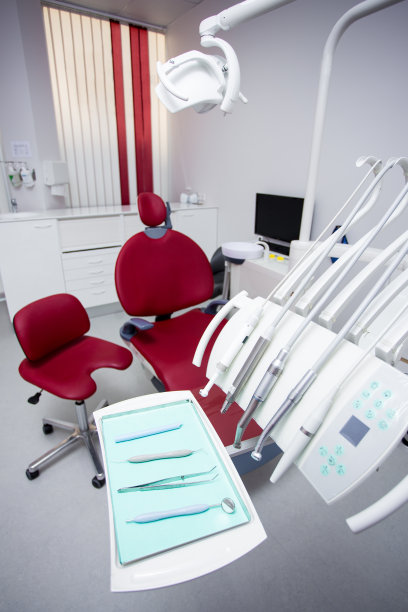A Comprehensive Guide to Understanding the Procedures and Care Involved in Extracting a Tooth for Optimal Oral Health
Summary: Extracting a tooth is a critical dental procedure that requires meticulous attention to detail for optimal oral health. This guide delves into the essential procedures involved in tooth removal, alongside critical post-extraction care to ensure a smooth recovery. Understanding the preparation, the extraction process, post-operative care, and signs of complications is vital for anyone undergoing a tooth extraction. Equipped with this knowledge, patients can navigate the procedure with confidence and maintain their oral health effectively. This comprehensive overview is designed to alleviate anxiety and enhance patient experience.
1. Preparation Before Tooth Extraction

Before any dental procedure, adequate preparation is critical for a successful outcome. This includes an initial consultation with the dentist, who will evaluate the patients dental health and determine whether an extraction is necessary. During this visit, patients should discuss their medical history, including any medications they are taking, allergies, and previous dental experiences.
Patients may also undergo diagnostic imaging, such as X-rays, to allow the dentist to assess the tooths position and its relation to surrounding structures. This imaging is crucial as it provides valuable insights into the complexity of the extraction, influencing the method chosen by the dentist.
Finally, before the extraction day, patients are advised on pre-operative care. This may involve fasting for a specific duration if anesthesia is to be used. Following these instructions diligently helps to minimize risks and sets the stage for a smoother extraction process.
2. The Tooth Extraction Procedure Explained
The tooth extraction procedure typically begins with the administration of anesthesia. Local anesthesia is commonly used to numb the affected area, ensuring that the patient experiences minimal discomfort during the procedure. In certain cases, especially when multiple teeth need to be extracted or if the patient has dental anxiety, general anesthesia may be a better option.
Once anesthesia takes effect, the dentist will carefully loosen the tooth from its socket. This process may involve cutting away any gum tissue that is covering the tooth and using specialized tools to elevate and extract it. The complexity of the extraction can vary depending on factors such as the tooths position and the condition of the surrounding bone.
Following the extraction, the dentist will place gauze over the extraction site to control bleeding and instruct the patient on the next steps for care. While the extraction itself is a critical part of the process, appropriate post-extraction protocols are equally essential for enhancing recovery.
3. Essential Aftercare Following Extraction
Post-operative care after a tooth extraction is crucial for ensuring good oral health and a smooth recovery. Initially, patients should bite down softly on the gauze placed by the dentist to control bleeding. This gauze should be changed as necessary and the patient should avoid disturbing the extraction site for at least the first few hours.
Management of pain and swelling is typically achieved through prescribed medications or over-the-counter pain relievers. Applying a cold compress to the outside of the cheek can help minimize swelling and discomfort in the initial days following the procedure.
Dietary modifications are also essential during recovery. Patients are encouraged to consume soft foods and avoid hot or spicy items that may irritate the extraction site. Staying hydrated is important, but patients should refrain from using straws, as suction could dislodge the blood clot essential for healing.
4. Recognizing Complications After Extraction
While tooth extractions are generally safe, its crucial for patients to be aware of potential complications that may arise. One significant concern is dry socket, a condition that occurs when the blood clot at the extraction site is dislodged or fails to form. Symptoms include severe pain and a noticeable odor, requiring prompt attention from a dentist.
Other possible complications include infection, which may manifest as increased swelling, fever, or pus at the site. If any of these symptoms are experienced, the patient should contact their dental professional immediately for assessment and treatment.
Monitoring the healing process at home is vital. Patients should adhere strictly to any follow-up appointments to ensure their recovery is on track and to address any concerns that may arise during the healing process.
Summary:
The process of extracting a tooth involves thorough initial preparations, a careful extraction procedure, and essential aftercare for optimal healing. Recognizing potential complications can make a significant difference in recovery outcomes, promoting a return to normal function and health. Understanding these phases not only alleviates anxiety but also enhances the effectiveness of the procedure.
This article is compiled by Vickong Dental and the content is for reference only.



